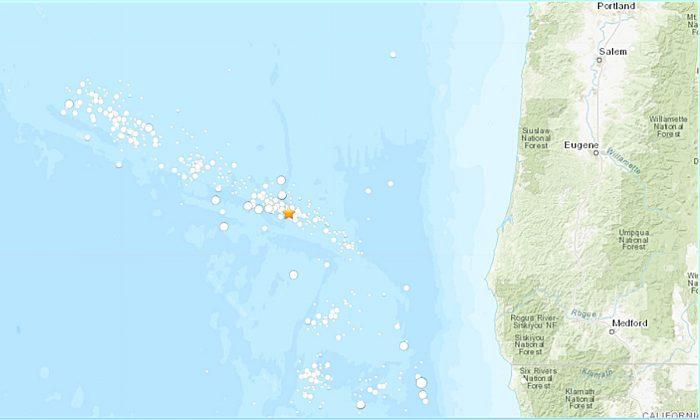Suicide rates have spiked in the United States, especially among middle-aged white people, says a report released by the Center For Disease Control and Prevention (CDC) on April 22.
Suicide among teens and young adults is increasing and is the leading cause of death for that demographic, reported the CDC.
Overall, suicide is the tenth leading cause of death in the United States, and has risen overall by 24 percent throughout 1999 to 2014, stated the report.
“After a period of nearly consistent decline in suicide rates in the United States from 1986 through 1999, suicide rates have increased almost steadily from 1999 through 2014,” said the report.
The numbers have increased by about 1 to 2 percent each year, according to data from the National Center for Health Statistics at the CDC.
The findings show that from 1999 to 2014, the age-adjusted suicide rate went up 24 percent from 10.5 to 13.0 per 100,000 people, with a significant pace of increase after 2006.
Numbers show the percent increase in suicide rates for females was largest for ages 10-14, and for men ages 45-64.

Suicide among teens and young adults is increasing and is the leading cause of death for that demographic, reported the CDC.
The CDC said 55 percent of male suicides used firearms, while poisoning was the most used technique for women at 34 percent. However percentages of suicides involving firearms and poisoning decreased from 1999 through 2014. Suicide by suffocation increased by both male and females between those years.

When it comes to race, the suicide rate for non-Hispanic white females aged 45–64 in 2014 was 12.6 per 100,000, and was 80 percent higher compared with the rate in 1999. The deaths among non-hispanic white women was three to four times higher than for females in other racial and ethnic groups.

For men, age-adjusted suicide rates increased between the 15 years by 38 percent for non-Hispanic American Indians and Alaska Natives males, and by 28 percent for non-Hispanic white males,
Non-Hispanic white males had higher suicide deaths in 2014 than in 1999 for all age groups under 75 years, with the greatest percentage increase for those aged 45–64, at 59 percent, and ages 10–14 at 57 percent.

The CDC report said suicide rates in adult American Indians and Alaska Natives increased dramatically, but the number of those suicide deaths is much smaller.
The report did not determine the reasons why people commit suicide.
Suicide Lifeline Information
The National Suicide Prevention Lifeline is open 24 hours, 7 days a week at: 1-800-273-8255 (English and Spanish).
There is a lot of information available on the organization’s website, including for veterans, young adults, and bully victims.
Suicide Risk Factors
The Suicide Prevention Lifeline website identifies the following suicide risk factors. “Risk factors are characteristics that make it more likely that an individual will consider, attempt, or die by suicide,” the website states.
- Mental disorders, particularly mood disorders, schizophrenia, anxiety disorders and certain personality disorders
- Alcohol and other substance use disorders
- Hopelessness
- Impulsive and/or aggressive tendencies
- History of trauma or abuse
- Major physical illnesses
- Previous suicide attempt
- Family history of suicide
- Job or financial loss
- Loss of relationship
- Easy access to lethal means
- Local clusters of suicide
- Lack of social support and sense of isolation
- Stigma associated with asking for help
- Lack of health care, especially mental health and substance abuse treatment
- Cultural and religious beliefs, such as the belief that suicide is a noble resolution of a personal dilemma
- Exposure to others who have died by suicide (in real life or via the media and Internet)




Friends Read Free